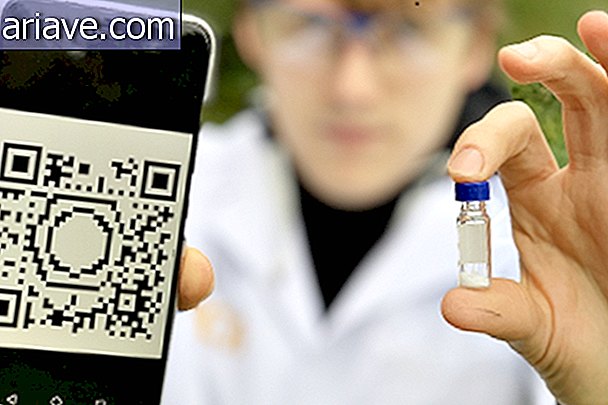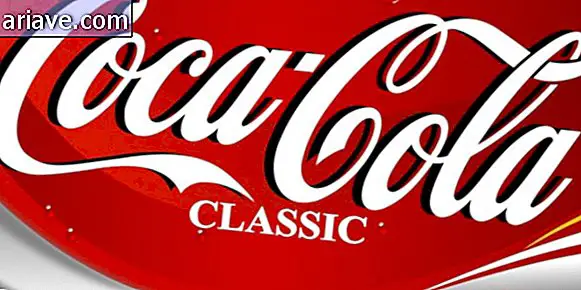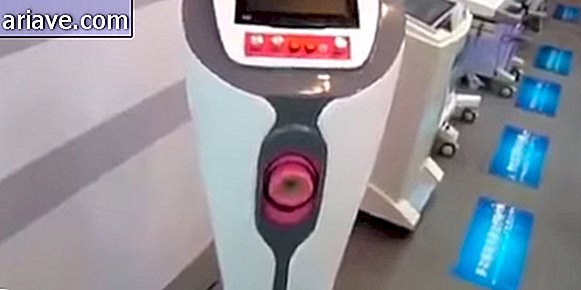You may not believe it, but these 4 chemical reactions are for real!
We know that some chemical experiments can result in amazing things. Mixing certain substances, adding heat or a little movement can create simply unbelievable chemical reactions.
So, to impress us with the possibilities of chemistry, the Cracked site has selected some reactions that don't look like, but are really for real! It is only worth remembering that this type of experience should not be recreated outside of an appropriate environment, with the proper equipment and safety measures.
Check out some reactions that will make you jaw drop. Do not miss it!
# 1 - Hydrobromic acid
If you like images with a psychedelic feel, you'll love to experience this experiment that results in bold colors and amazing movement. The chemical concept of the Belousov-Zhabotinsky Reaction is the explanation for the phenomenon you see in the video above. It is an “oscillating chemical reaction” during which the transition of ions gives rise to complex patterns that can be seen with the naked eye.
To achieve the result, simply mix some type of bromine in an acidic solution for an impressive chemical reaction. The acid turns bromine into bromide (which has a different color), which quickly returns to its bromine form. It is precisely this repetitive transition that gives rise to wavy designs that last for several minutes.
# 2 - Sodium Sulphite, Citric Acid and Sodium Iodate
There is a chemical reaction known as the Harcourt-Esson reaction that almost instantly transforms transparent liquids into a black mixture. This phenomenon - also known as the Iodine Clock - is obtained by combining sodium sulfite, citric acid and sodium iodate in the right proportions. As the video shows, the result happens in a few moments.
This phenomenon is formed by a series of reactions that consume each of the substances. When sodium sulfite is completely consumed, the mixture immediately turns black. By rebalancing the ingredients it is possible to reverse the reaction.
There is a variant of this phenomenon that is known as the Briggs-Rauscher Reaction, which uses different ingredients and formulas. With an alternate combination you can achieve blends that repeatedly shift between yellow and blue, as you see in the video above.
# 3 - Triboluminescence
Triboluminescence is a phenomenon consisting of crystals that emit light when they are ground. One of the best chemical elements for doing this experiment is known as europium tetrakis . Contrary to what one might imagine, while the crystals are crushed, no electricity or heat is released. What happens, in fact, is that the mechanical energy employed on the crystals is transformed into light.
Another very common element that can also suffer triboluminescence is sugar, as you can see in the video above. The exact mechanism responsible for the phenomenon is still being investigated, but some theories believe that the breakdown of structures causes separation of charges that in turn release energy when they recombine. This energy is captured by the nearest atoms and released in the form of light.
# 4 - Mercury Thiocyanate and Ammonium Dichromate
Mercury thiocyanate is a completely harmless and harmless looking white powder. However, the substance transforms completely when it comes in contact with fire. As you can see from the video above, the decomposition of the substance results in a twisted structure that most resembles an evil creature and is popularly known as Pharaoh's Serpent .
Another surprisingly reactive substance in contact with fire is ammonium dichromate. Originally orange in color, the chemical element decomposes rapidly resulting in impressive flames and a large amount of ash, reminiscent of the image of an erupting volcano.











